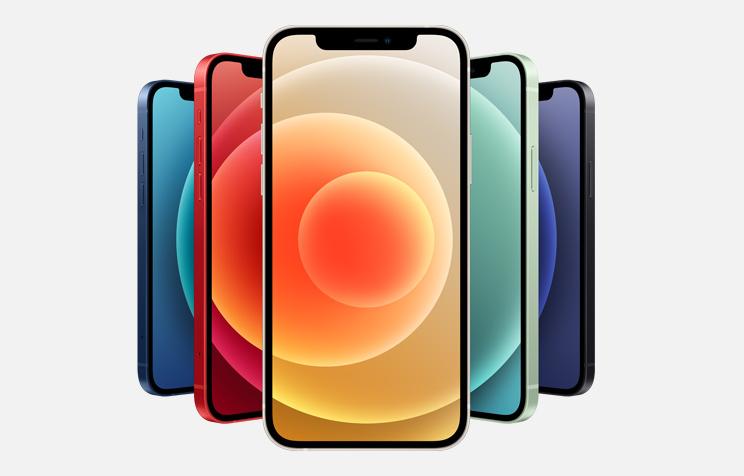Computer configurations are the way in which Windows and programs on your desktop are setting up to work together and interact with each other. In a nutshell, this means that your Windows setup will correspond to the way that your hardware is set up. The most common configuration for Windows is represented below. This desktop computer configuration is most likely what you will be using to get the most out of your computer.

The desktop computer configuration that is set up basically dictates how you would like your computer to appear. This means that if you have a laptop, then you can change how it looks by going into the Control Panel (found in the Start Menu at the bottom of the screen) and clicking on "Settings". From there, you can change everything from the speed of your processor all the way down to the type of graphics card that you are going to use.
When you set up your Windows setup, there are some things that are almost always the same. This is because the basic setup of a computer is almost the same no matter what hardware you are using. The most important part of any desktop computer configuration is the screen resolution. For a high-end computer, you will almost always have a higher quality screen than what you would get on a lower spec computer.
If you are not sure what a screen resolution is, then you should probably just assume that it is the number of pixels that the display offers you. Basically, the better the resolution, the clearer the image will be. However, there are some exceptions to this rule.
For example, you may need a high-end, LCD-monitor screen in order to view 3-D graphics. However, a high-end plasma or LCD monitor will do fine for this purpose. The reason behind this is that these monitors can output three dimensional images that cannot be done using a CRT monitor. Therefore, if you are going to use one of these screens, then you might as well go with a plasma or an LCD monitor.
The next step in configuring your desktop computer is to set up your keyboard and mouse. It is pretty much required that you have a mouse for navigation purposes. One thing that you should remember though, is that you should not use a regular PC keyboard when you are working with a monitor. Why? Because regular keyboards for a computer are designed for use with the desktop computer system. If you try to use a standard keyboard for a computer monitor, then you may discover that your computer may not even boot up!
One last thing that you need to configure is the size of the desktop icons. You want to make sure that you have plenty of space to move around your computer icons. When a user is trying to maximize a window, then they may need to move their icons around in order to see the entire desktop. This can cause a lot of wasted desktop real estate. Therefore, it is extremely important that you keep your icons within easy reach of your keyboard.
Now that you know how to configure your desktop computer properly, you are ready to get to work. It is important that you always begin your work with the most efficient configuration. It is also helpful if you save your configuration periodically so that you can refer to it easily. In the end, the more organized your computer is, the less stress it will experience. The less stress that it experiences, the happier you will be!











